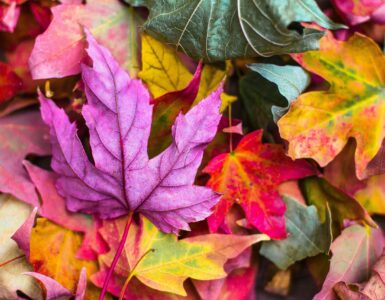They say that April showers bring spring flowers. That’s true but the spring flowers are going to come regardless of whether it rains in April or not. The real secret to great spring flowers, grass and the rest of your landscaping is in the maintenance and preparation you do to make sure you have beautiful landscaping as the Spring renewal hits. Here are 10 tips to prepare your landscape for spring.
Let’s start with your trees. Trees can be relatively carefree, but they do need attention, especially fruit bearing ones.
Trim Your Trees and Discard Excess Buds
Not all trees need to be trimmed or pruned during Spring but you should pay attention to fruit bearing ones that need attention. For most trees, trimming dead branches or ones that create hazards or are not consistent with the growing pattern you have for the tree is all that needs to be done. For fruit bearing trees, light trimming and pruning will help produce the type of produce you desire.
For most fruit bearing trees, pruning once the flowers start to bud is the appropriate time. Removing excess buds and trimming branches and limbs is all you need to do to make sure you have larger and more flavorful produce. To learn more about trees that should be trimmed/pruned in spring and pruning tips, check out the Old Farmer’s Almanac guide.
Remove Excess Debris and Apply Mulch
If you had a protective winter wrap around the tree, remove it. Then rake and remove any debris that may have accumulated around the base of tree. Then, depending on how you like to care for your trees, place fertilizer, or a fertilizer spike, appropriate for the tree and apply a layer of mulch.
Inspect and Water Your Trees – 10 Tips to Prepare Your Landscape for Spring
Check the trunk of the tree for any diseases or damage to your trees. Not sure what to look for or the results of your examination, check here. You should also water the tree once the temperature warms and, in some cases, do a deep watering to let the water seep deep into the soil.
Now, let’s get to the yard. During winter, depending on your region, lawns can really take a beating. Now that spring is here, spend some time in the yard to take advantage of the growing season. Here are some simple tips:
Rake and Remove Thatch Build Up
If you don’t have a dethatching rake, get one. Use it to rake up debris left from winter and remove thatch. Removing the debris will help you assess the condition of the soil. Removing the thatch will allow your grass to get the sunlight, oxygen and moisture it needs for strong growth.
Aerate and Top Dress – 10 Tips to Prepare Your Landscape for Spring
Aeration loosens the soil and allows water, air and fertilizer to get to the roots of the grass. Follow up aeration by laying down a top dress of either peat moss or steer manure and raking it into the grass.
3. Fix bare spots and fertilize: Fixing bare spots can really spruce up a yard and the best time to do so is during the spring. This is easy to do. For large bare spots, loosen the top soil and sprinkle either grass seed or patch. Patch will usually have a mulch. If using seed, top with steer manure. Next, apply fertilizer to the yard.
Finally, you’ll need to get your garden into shape. Whether you grow vegetables, herbs and other crops in your garden or it is just for decoration, taking the time during spring to properly prepare it will make it much more productive.
Cultivate the Soil
Clean out any debris and dead plants, then use either a shovel, hand trowel or broadfork on areas of your garden where you intend to place new plants. Do so when the soil is dry and crumbly, remove rocks and roots from previous planting. Breaking up the soil will allow you new plants to penetrate the soil more easily.
Add a Layer of Compost
Use a good compost and apply about a half-inch layer throughout your garden area. You can use compost material from your home composting bin or go buy a blend from your garden store. Apply the compost throughout your entire garden. The compost will provide a fresh infusion or nutrient rich organic material for a more productive garden.
Add New Plants – 10 Tips to Prepare Your Landscape for Spring
Allow a few weeks for the compost to sink into the newly cultivated soil. Then add new plants to your garden in the area where you need to do so. You can condition the soil within the planting area some more if you need to do so by adding fresh garden soil.
Fertilize and Water
The fertilizer you use really depends on your plants. To match fertilizer to the type of plants you are placing in your garden, here is a good guide. For existing plants, spread the fertilizer over them. For new plants, either add the fertilizer within the planting hole or spread a thin layer over the soil and around the new plants.
Once done with the above, your landscaping will be the envy of all your neighbors.


